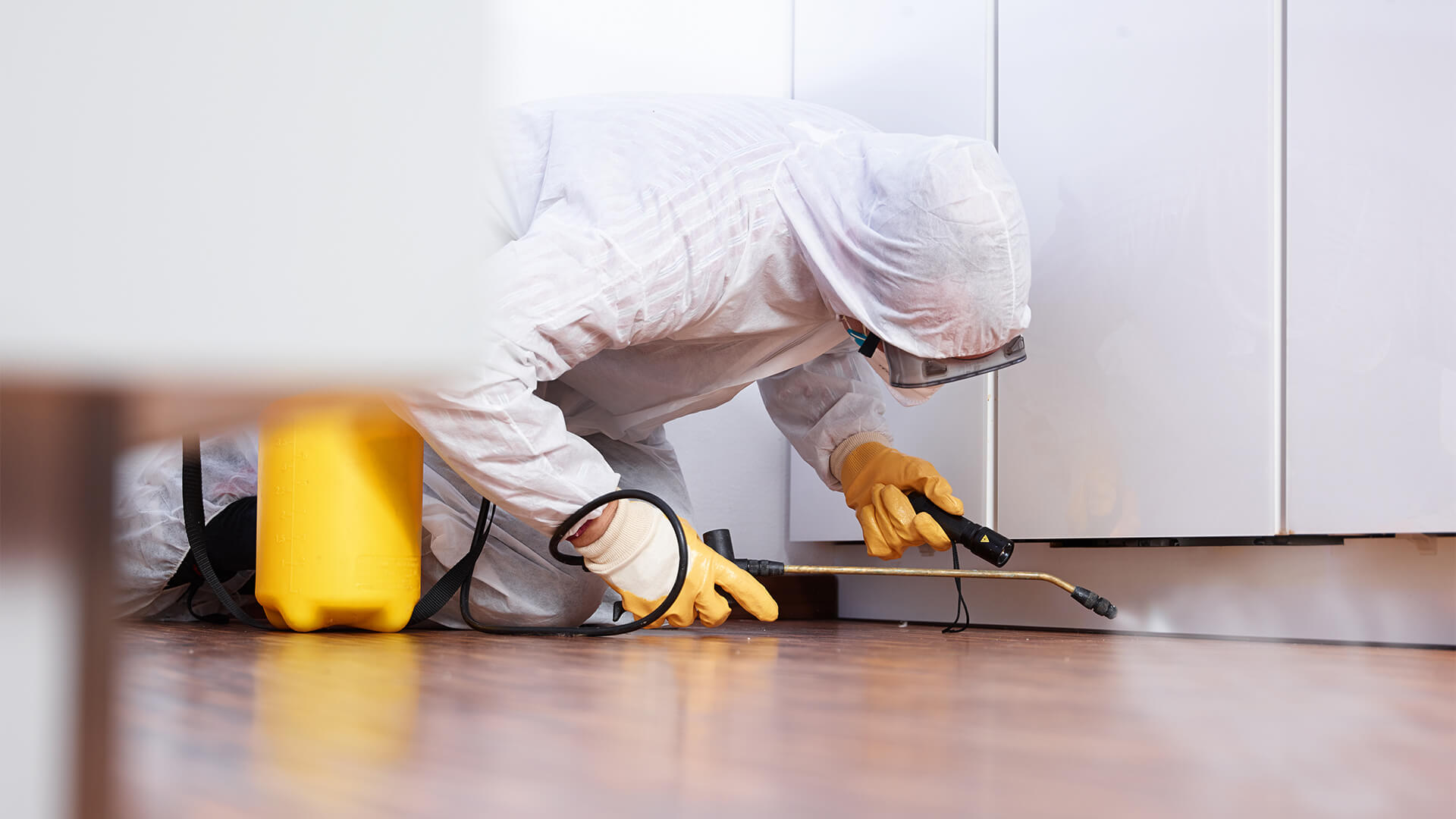Bed Bug Treatment Malfunction: Contrasting Chemical Vs. Non-Chemical Solutions
In the realm of pest control, specifically when taking care of the relentless issue of bed bugs, the selection between chemical and non-chemical treatment options can be a pivotal one. Both strategies supply distinct advantages and downsides, affecting aspects such as performance, safety considerations, and general expense. By taking a look at the nuanced information of each approach, a clearer understanding of which path to pursue in addressing a bed bug invasion can be acquired.
Efficiency of Chemical Treatments
Chemical therapies for bed insect invasions have been extensively identified for their quick and powerful efficacy in eradicating these pests. When thinking about the performance of chemical therapies, it is essential to comprehend that they can offer a detailed and quick service to a bed pest issue. Professional pest control men commonly depend on pesticides to target bed pests at different stages of their life process, including grownups, eggs, and nymphs. These chemicals commonly function by interfering with the bed pests' nerves, bring about paralysis and ultimate death.
Additionally, chemical treatments have the advantage of using residual results, indicating that they can proceed to remove bed bugs also after the initial application. This residual activity is especially helpful in combating any possible re-infestations. Furthermore, the rapid activity of chemical therapies can bring relief to people dealing with severe bed insect problems, allowing them to regain control of their living rooms rapidly.
Security Worry About Chemical Solutions
One critical element that requires mindful consideration when making use of chemical remedies for bed insect therapy is making certain the security of passengers and the environment. Exposure to specific chemicals used in bed insect treatments can lead to respiratory problems, skin irritability, or other adverse responses, especially in people with pre-existing problems or level of sensitivities.
Furthermore, the ecological effect of chemical solutions is an additional considerable consideration. Some chemicals used in bed pest treatments might be hazardous to advantageous bugs, wildlife, and ecological communities if they leach into the dirt or water supply. It is vital to make use of chemical treatments sensibly, complying with safety standards, and thinking about much less poisonous alternatives to mitigate these dangers and make certain the efficient and risk-free monitoring of bed bug invasions.
Benefits of Non-Chemical Strategies
Considering the prospective security problems and ecological influence connected with chemical solutions for bed bug therapy, exploring non-chemical methods provides an appealing option with several unique advantages. Non-chemical techniques use a much safer alternative for homes, particularly those with individuals, children, or animals sensitive to rough chemicals. These strategies remove the dangers of direct exposure to harmful substances, minimizing the possibility for unfavorable wellness results. In addition, non-chemical therapies are eco-friendly, as they do not add to air or water air pollution, making them a lasting option for bug control.
In addition, non-chemical remedies can be efficient in targeting bed bugs, consisting of hard-to-reach areas where chemical treatments might not permeate. Methods such as warm treatment, vacuuming, steam cleansing, and bed mattress coverings supply comprehensive elimination without the use of unsafe chemicals. Additionally, non-chemical approaches can be much less turbulent, requiring very little prep work and permitting quicker reentry into dealt with areas. On the whole, going with non-chemical bed pest therapy approaches not only prioritizes safety and security and ecological defense but likewise ensures thorough and efficient bug control.
Limitations of Non-Chemical Treatments

Furthermore, non-chemical therapies often need several applications to accomplish successful removal. This can be time-consuming and might not constantly assure complete removal of all bed pests and their eggs, especially in hard-to-reach or hidden areas.
Furthermore, the success of non-chemical treatments greatly depends on proper application and thoroughness, which can be testing for people without specialist expertise. Poor application of non-chemical techniques might cause incomplete removal, resulting in relentless infestations and the need for extra treatments.
Consequently, while non-chemical therapies have their benefits, it is important to acknowledge these restrictions and consider them when establishing the most reliable technique for taking care of bed pest problems.
Price Contrast: Chemical Vs. Non-Chemical Options
Provided the restrictions linked with non-chemical treatments, an essential aspect to evaluate in the context of bed insect administration is the cost contrast in between chemical and non-chemical options. In contrast, non-chemical treatments like warmth therapy or steam can be more costly, with prices ranging from $1,000 to $6,000 for an entire home. While the preliminary cost of chemical treatments may appear lower, several treatments might be required to completely Web Site get rid of the invasion, potentially enhancing the total price.
Conclusion

Considering the potential safety problems and ecological influence linked with chemical remedies for bed bug treatment, checking out non-chemical techniques offers an appealing alternative with several unique advantages.Provided the limitations linked with non-chemical treatments, an essential element to examine in the context of bed pest administration is the cost contrast in between chemical and non-chemical choices. In comparison, non-chemical therapies like warmth therapy or steam can be a lot more pricey, with prices varying from $1,000 to $6,000 for an entire home. While the first price of chemical therapies may appear reduced, several treatments might be required to completely get rid of the infestation, possibly boosting the total cost.In verdict, when comparing chemical and non-chemical bed insect therapy options, it is essential to take into consideration performance, safety and security, advantages, limitations, and price.